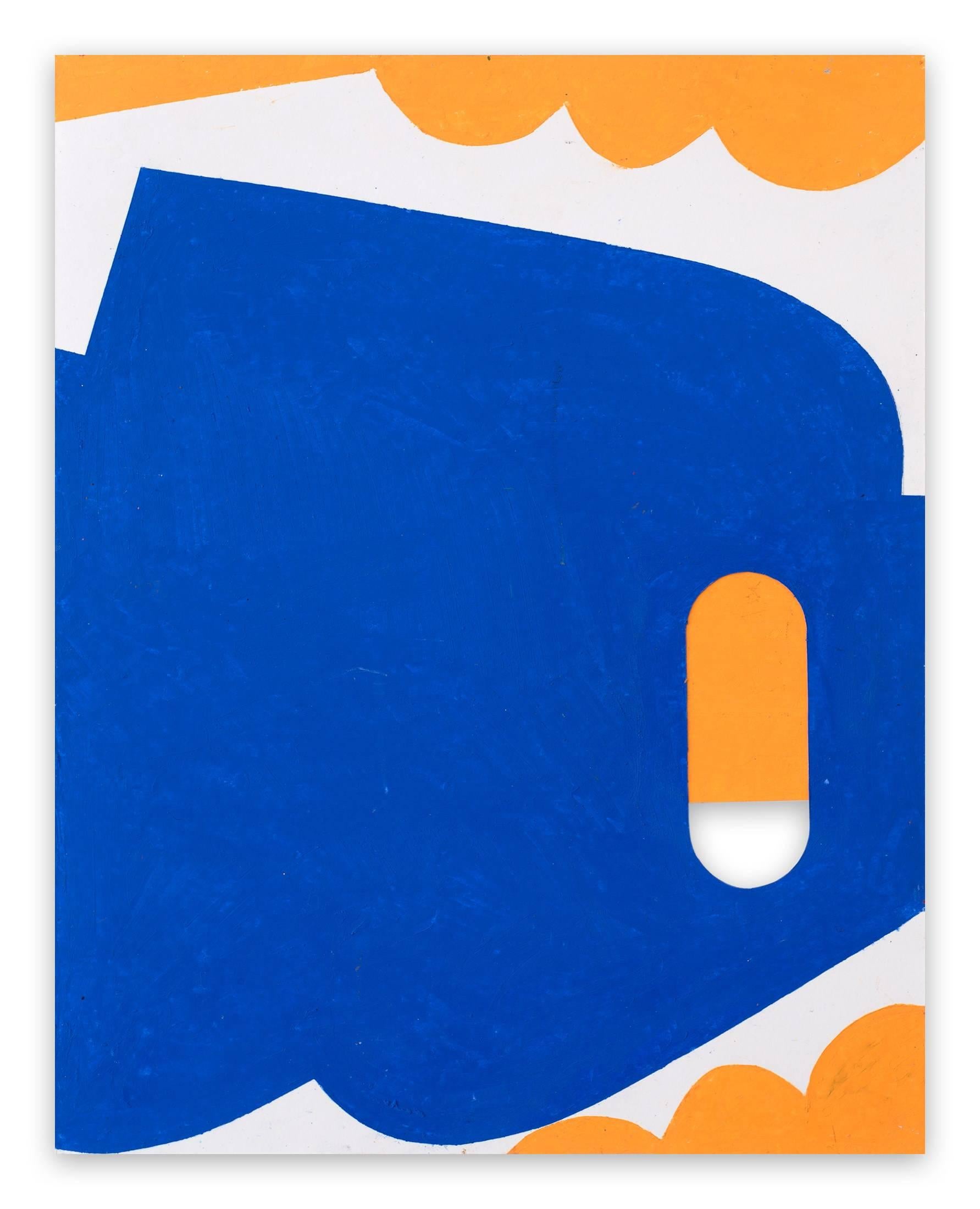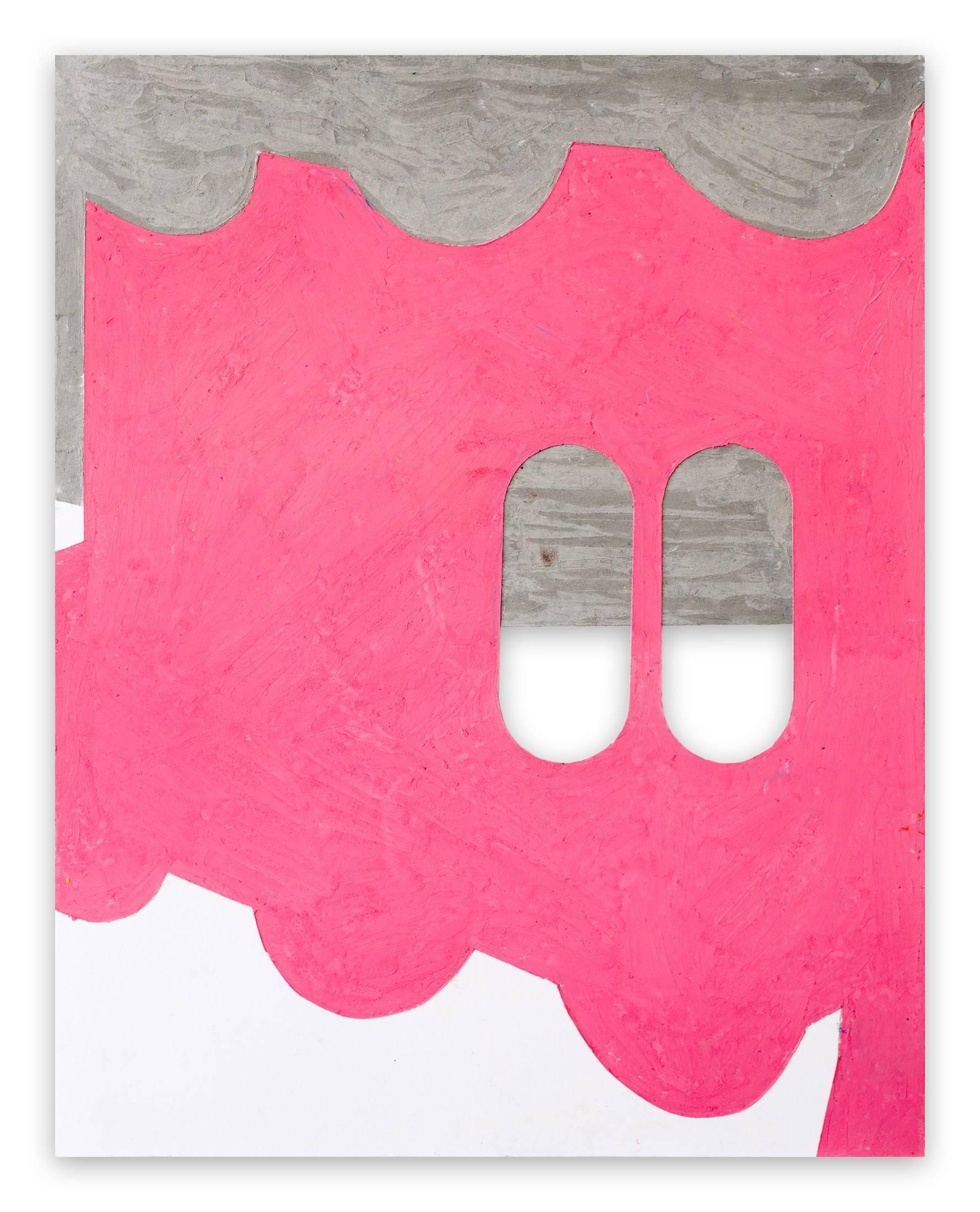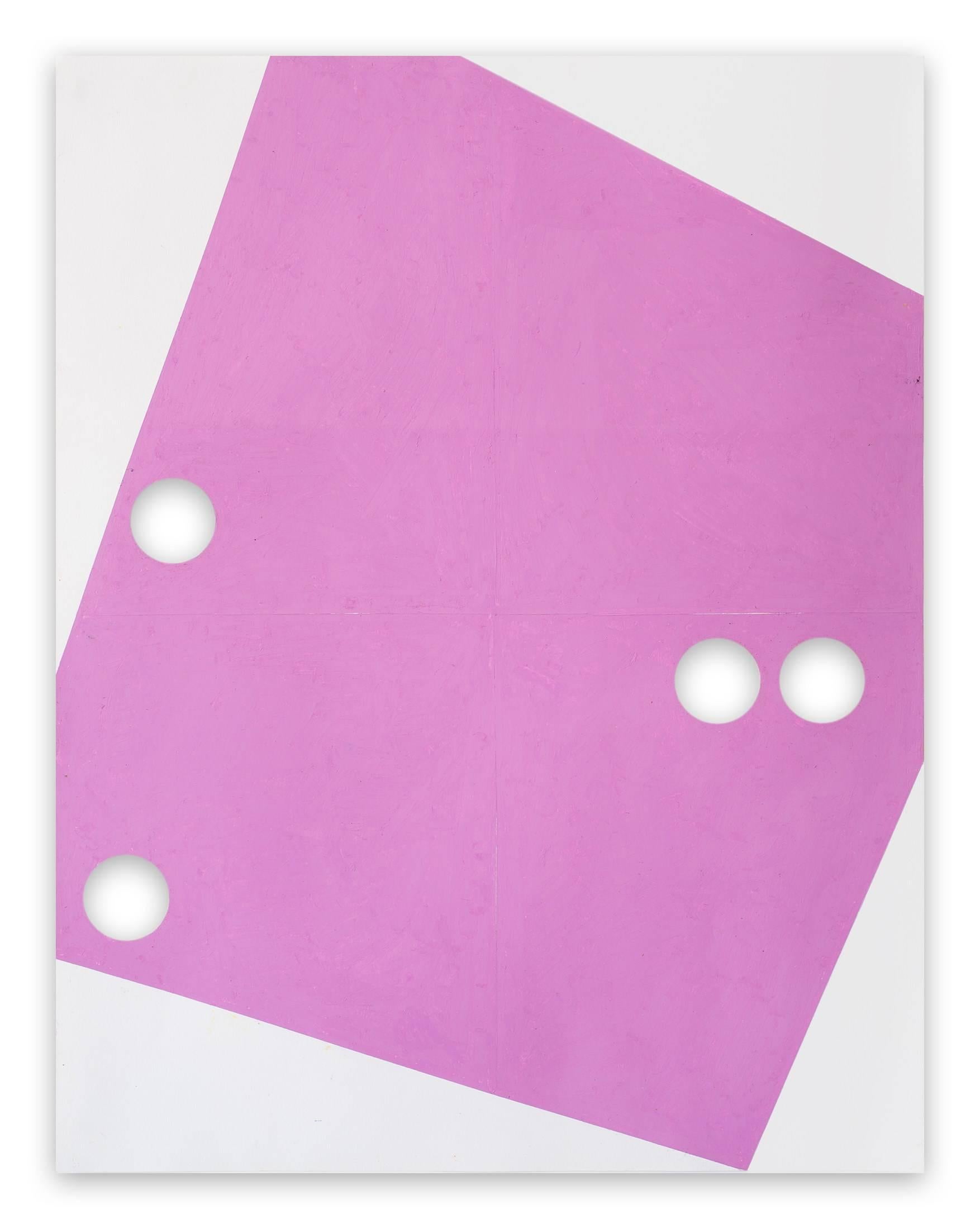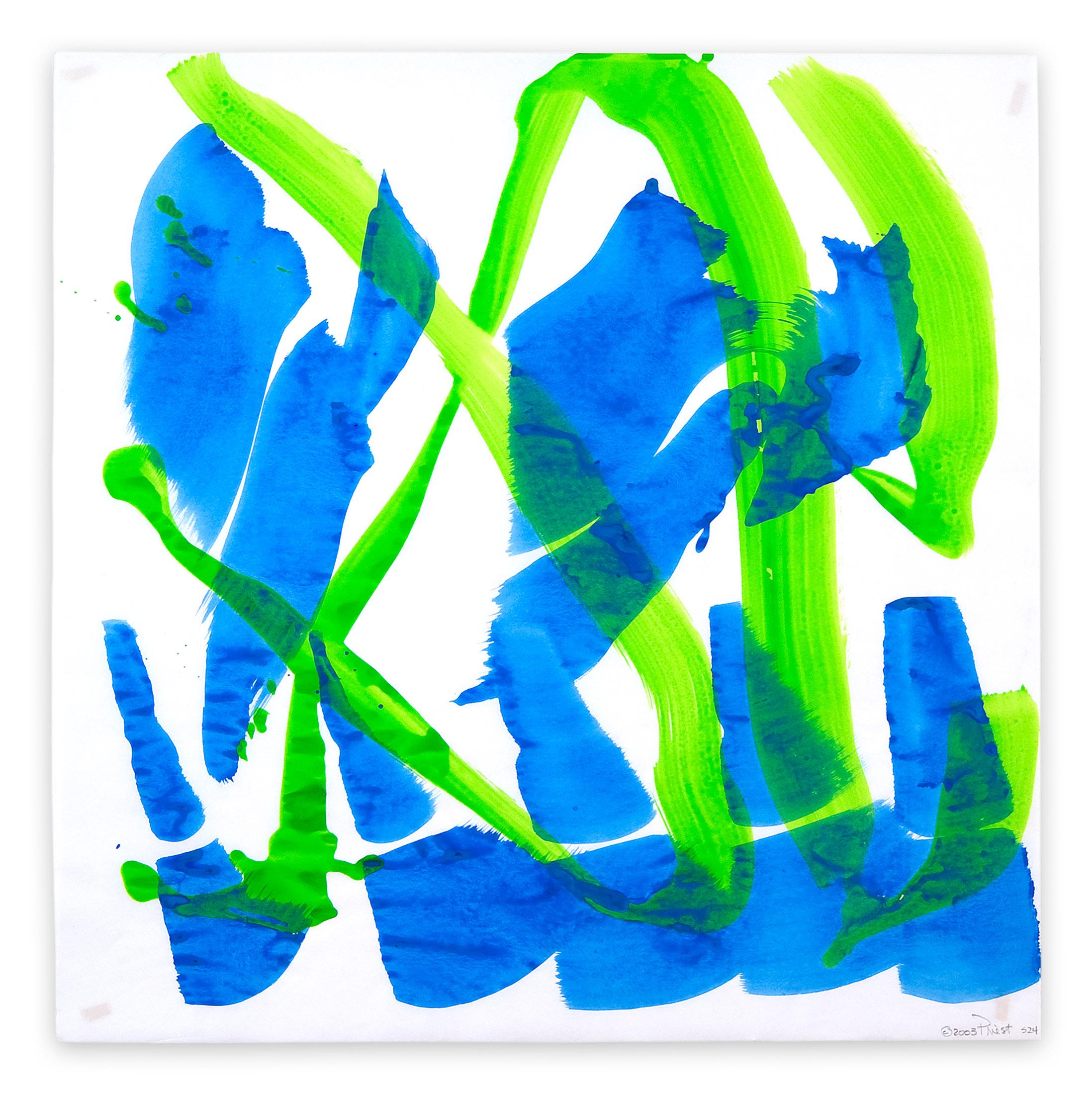Items Similar to Folio from Communion of Saints, Reading from the Book of St. Matthew.
Want more images or videos?
Request additional images or videos from the seller
1 of 5
UnknownFolio from Communion of Saints, Reading from the Book of St. Matthew.mid 15th century
mid 15th century
About the Item
Readings from the "Communion of Saints": folio from an Italian Missal
Pigment on vellum
Mid 17th century
Provenance:
Otto F. Ege (1888-1951)
Phillip Duechnes Bookseller, New York, c. 1948
References And Exhibitions:
Otto F. Ege Box Folio 27
Ege describes these folios as: Epistolary (Epistolarium), Italy, Middle 15th century
Latin Text: Rotunda or Round Gothic Script, square rhetorical neumes
Sister folio are in the following rare book libraries:
Case Western Reserve University
Cincinnati Public Library
Cleveland Institute of Art
Cleveland Public Library
Denison University
Kent State University
Kenyon College
Lima Public Library
Ohio State University
Rochester Institute of Technology
University of Colorado, Boulder
University of Massachusetts, Amherst
University of Sashatchewan
University of South Carolina
- Creation Year:mid 15th century
- Dimensions:Height: 12 in (30.48 cm)Width: 8.25 in (20.96 cm)
- Medium:
- Movement & Style:Old Masters
- Period:15th Century and Earlier
- Condition:Excellent red and blue rubrication Fine Gothic book hand A large, excellent example of period calligraphy in very fine condition.
- Gallery Location:Fairlawn, OH
- Reference Number:
About the Seller
5.0
Recognized Seller
These prestigious sellers are industry leaders and represent the highest echelon for item quality and design.
Platinum Seller
These expertly vetted sellers are 1stDibs' most experienced sellers and are rated highest by our customers.
Established in 1978
1stDibs seller since 2013
712 sales on 1stDibs
Typical response time: 1 hour
Associations
International Fine Print Dealers Association
- ShippingRetrieving quote...Ships From: Fairlawn, OH
- Return PolicyA return for this item may be initiated within 10 days of delivery.
More From This SellerView All
- UntitledBy Ray H. FrenchLocated in Fairlawn, OHSigned and dated "1962" by the artist lower right. Mixed media on heavy paper. Done for a show to fund a trip to Italy.Category
1960s Abstract Abstract Drawings and Watercolors
MaterialsInk, Mixed Media
- Untitled (Abstraction)By Rolph ScarlettLocated in Fairlawn, OHUntitled (Abstraction) Ink on textured paper, c. 1958 Signed lower right "Scarlett" (see photo) Condition: Excellent Archival framing with OP3 Acrylic Sheet size: 21 3/4 x 30 inches Frame size: 28 1/2 x 36 1/2 inches Note: A rare mid to late 1950s example of the artist's abstract expressionist style. Provenance: estate of the artist Private Collection, Hudson River Valley, New York Rolph Scarlett B. 1889, GUELPH, ONTARIO; D. 1984, WOODSTOCK, NEW YORK Born on June 13, 1889 in Guelph, Canada, and into an artistic family, Rolph Scarlett spent his teenage years as an apprentice in his uncle’s jewelry firm and briefly studied at the Art Students League, New York. While working in the jewelry industry, Scarlett found time to paint and design theatrical sets in his free time, including one for the 1928 world premiere of Eugene O’Neill’s drama Lazarus Laughed (1926). In 1923, while on a business trip to Switzerland, Scarlett had met the artist Paul Klee and soon after abandoned his figurative painting style in favor of an abstract language that suggested more universal, cosmic truths. In 1937, after permanently settling in New York, Scarlett became acquainted with the artist and curator Hilla Rebay, the first director of the Museum of Non-Objective Painting (renamed the Solomon R. Guggenheim Museum in 1952). Rebay provided Scarlett with a Guggenheim Foundation scholarship to paint full-time and obtained several of his paintings for the museum’s collection. From 1940 to 1946, Scarlett served as the museum’s chief lecturer, giving Sunday afternoon talks on art. Through Rebay, Scarlett became acquainted with the nonobjective works of Rudolf Bauer and Vasily Kandinsky and further refined his abstract style. Works from this era such as Yellow Bar (1942) are defined by overlapping geometric planes of bright, primary colors set against mute backgrounds. Scarlett avoided any reference to the outside world and believed that nonobjective painting was an act, in his words, of “pure creation.” During his lifetime, solo shows of his work were held at the Jacques Seligmann Gallery, New York (1949); Sioux City Art Center, Iowa (1951); and Washburn Gallery...Category
1950s Abstract Abstract Drawings and Watercolors
MaterialsInk
- Untitled Art Nouveau RondelleLocated in Fairlawn, OHUnknown Artist, France, late 19th century Anonymous c. 1900 Rondelle on antique laid paper Ink, Watercolor and or Gouache Unsigned An Art Nouveau preliminary design for a decorative ...Category
Early 1900s Art Nouveau Abstract Drawings and Watercolors
MaterialsInk, Watercolor, Pigment
- AbstractionBy Abraham WalkowitzLocated in Fairlawn, OHSigned and dated in ink lower center Provenance: Charlotte Bergman, noted collector and patron of Walkowitz. See photo for additional information.Category
1930s Modern Abstract Drawings and Watercolors
MaterialsInk, Pen
- Butterfly and HeartBy Damien HirstLocated in Fairlawn, OHButterfly and Heart Drawing in black felt pen over color screenprint 'spot' composition Signed in full (bottom edge) and dedicated (top edge) Dedicated by the artist Annotated in fe...Category
2010s Abstract Abstract Drawings and Watercolors
MaterialsInk
- Black and White CatBy Sam SpanierLocated in Fairlawn, OHBlack and White Cat Ink and watercolor on paper, c. 1970 Unsigned Provenance: Estate of the artist (Estate No. 737) Condition: Excellent Image/Sheet size: 4 3/4 x 6 1/4 inches Sam Spanier (1925-2008) Born in Brooklyn New York, Sam Spanier studied painting with Hans Hofmann (1949–50) and also at the Taos Valley Art School (1951). His formative years as a working artist were spent in Paris (1951–52), where he also became involved with the work of G. I. Gurdjieff, through his disciple, Mme. Jeanne de Salzmann. By 1953, Spanier’s work had already begun to meet with critical acclaim. That year, he had his first solo gallery show, and was selected by Milton Avery and Hans Hofmann to receive the prestigious Lorian Fund Award. His second solo exhibition, in 1955, was curated by renowned museum director, Gordon Washburn. Spanier’s early work was reviewed by Dore Ashton, Donald Judd, Fairfield Porter, Stuart Preston, and Irving Sandler, among other significant critics of the period. Spanier’s spiritual path increasingly became the central focus of both his life and his art. In 1960, he was introduced to the teachings of Sri Aurobindo, which led to visits to the Sri Aurobindo Ashram in Pondicherry, India, in 1962 and 1964, during which he was inspired to leave New York City and found Matagiri (in 1968)—a spiritual center in Woodstock, New York—with his lifelong partner, Eric Hughes. The work he embarked upon there bifurcates his life as an artist, separating him from New York’s art world, and radically altering the trajectory of his career. From that point forward, it would be difficult, perhaps impossible, to consider his artistic endeavor apart from the life of dedication he had undertaken, and to which he remained committed. As early as 1954, Dore Ashton had recognized in Sam Spanier a “haptic visionary;” in 1960, Irving Sandler wrote that the people in Spanier’s paintings “seem to have witnessed some transfiguring event.” In his later paintings—usually worked in oil pastel on panel or paper—made during intermittent creative periods, from the mid-1970s to the final years of his life, the artist’s inner life remains always apparent in his subject matter; and from the portraits and abstract Buddha-like figures and heads, to the fantasy landscapes, the paintings are redolent with a rich intensity of color and light that can only be described as inspired. Sam Spanier’s works are in the collections of the Historical Society of Woodstock Museum, and the Woodstock Artists Association & Museum. He received the Woodstock Artists Association Lifetime Achievement Award in 2007. Selected Solo Exhibitions: Urban Gallery, New York (1954, 1955, 1956); Wittenborn Gallery, New York (1958); Gallery Mayer, New York (1958, 1959, 1960); Unison Gallery, New Paltz (1986, 1995, 2009); Limner Gallery, New York (1988); Fletcher Gallery, Woodstock, New York (1999). Selected Group Exhibitions: Salon des Comparaisons, Musée d’Art Moderne, Paris, France (1952); October Exhibition of Oil Paintings, New York City Center Gallery, New York (1954); Salon de Mai, Musée d’Art moderne de la ville de Paris, Centre Culturel de Saint-Germain-en-Laye, Paris, France (1954); Carnegie International, Carnegie Institute, Pittsburgh, Pennsylvania (1955); Les Plus Mauvais Tableaux, Galerie Prismes, Paris (1955); Première Exposition Internationale de l’Art Plastique Contemporain, Musée des Beaux-Arts de la Ville de Paris (1956); Recent Paintings USA: The Figure, The Museum of Modern Art (1960); Winter’s Work, Woodstock Artists Association, Woodstock, New York (1985); Juried Group Show, Woodstock Artists Association, Woodstock, New York (1986); Woodstock Artists, Self-Portraits, Historical Society of Woodstock Museum, Woodstock, New York (1988); Portraits, Albert Shahinian Fine Art, Poughkeepsie, New York (2003); The World We Live In, Upstate Art, Phoenicia, New York (2003); Show of Heads, Limner Gallery, Phoenicia, New York (2004). Selected Writings on the Artist: Dore Ashton, “Sam Spanier,” Art Digest (May 1, 1954) and “Sam Spanier,” The New York Times (March 16, 1960); Cassia Berman, “Sam Spanier: A Divine Calling,” Woodstock Times (February 7, 2008); Lawrence Campbell, “Sam Spanier: Exhibition of Paintings at Urban Gallery,” Art News...Category
1970s Abstract Abstract Drawings and Watercolors
MaterialsInk, Watercolor
You May Also Like
- American Contemporary Art by M. Alan -It’s a Mess but One Day W'll all be GhostsBy Michael AlanLocated in Paris, IDFInk on Velum Michael Alan is an American artist born in 1977 who lives & works in New York, USA. As a multidisciplinary artist. His work has been featured in many solo shows, over 2...Category
2010s Contemporary Abstract Drawings and Watercolors
MaterialsVellum, Ink
- Untitled (101.13)By TilmanLocated in London, GBCrayon on vellum. Unframed. In a broader sense, Tilman’s works on paper function as an archive of the artist’s ideas and observations. The visual information derives from various so...Category
2010s Minimalist Abstract Drawings and Watercolors
MaterialsCrayon, Vellum
- Untitled (137.13)By TilmanLocated in London, GBCrayon on vellum - Unframed In a broader sense, Tilman’s works on paper function as an archive of the artist’s ideas and observations. The visual information derives from various s...Category
2010s Minimalist Abstract Drawings and Watercolors
MaterialsCrayon, Vellum
- Untitled (266.11)By TilmanLocated in London, GBCrayon on vellum - Unframed In a broader sense, Tilman’s works on paper function as an archive of the artist’s ideas and observations. The visual information derives from various so...Category
2010s Minimalist Abstract Drawings and Watercolors
MaterialsCrayon, Vellum
- Untitled (257.11)By TilmanLocated in London, GBCrayon on vellum. Unframed. In a broader sense, Tilman’s works on paper function as an archive of the artist’s ideas and observations. The visual information derives from various so...Category
2010s Minimalist Abstract Drawings and Watercolors
MaterialsCrayon, Vellum
- Dolphin Dance 24By Ellen PriestLocated in London, GBGouache on rag tracing vellum - Unframed. This work on paper is part of a series of collaged paintings titled “Jazz: Herbieʼs ʻDolphin Danceʼ #1-22”. Those brush paintings are Pri...Category
Early 2000s Abstract Abstract Drawings and Watercolors
MaterialsGouache, Vellum
Recently Viewed
View AllMore Ways To Browse
Lawn Lights
Raphael Renaud
Antonio Pelayo
Barry Guthertz
Cattle Normandy
Gary Lynn
Sasha Katinauskiene
Markus Raetz
Miami Vintage Decor
Natural Gas Fireplace Insert
Stephen Hopkins
Tyler Shields Girls Night Out
Adolf Weiss
Chagall Blue Fish
Chet Baker Photographs
Felix Nussbaum
Paul H Nelson Watercolor
Peter Widener




